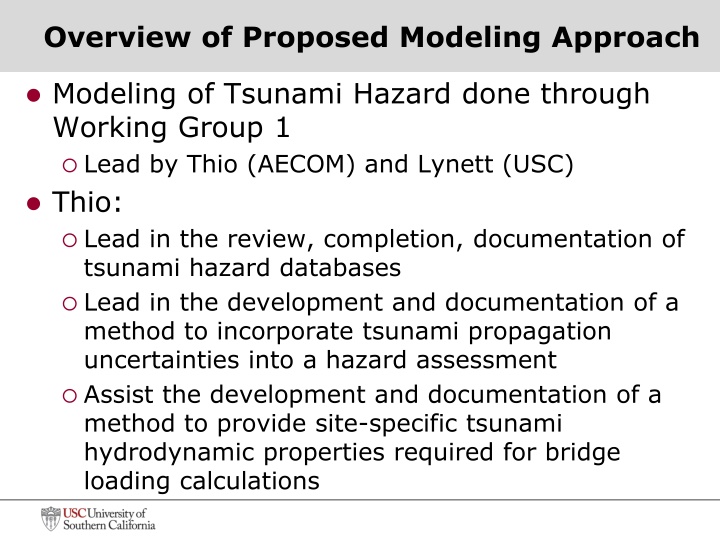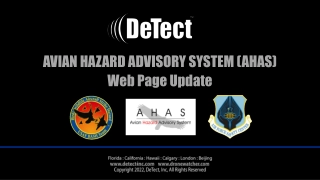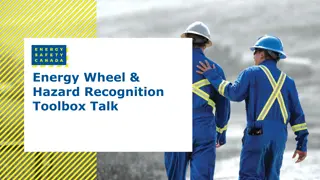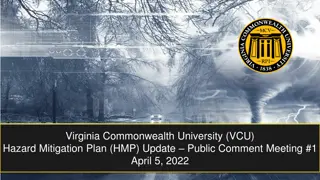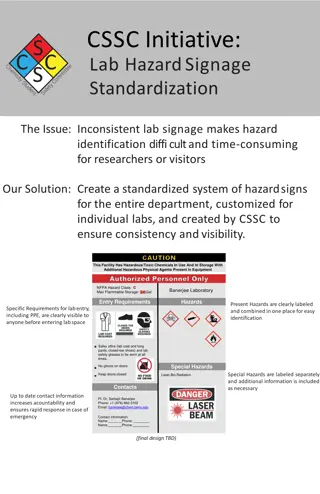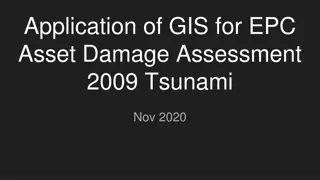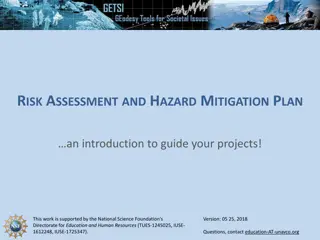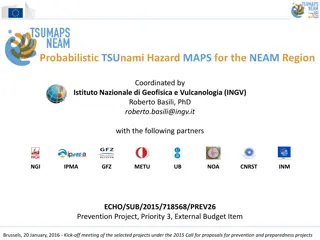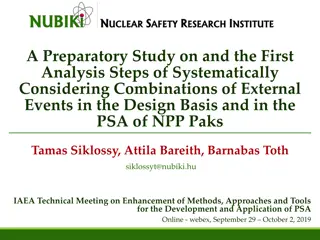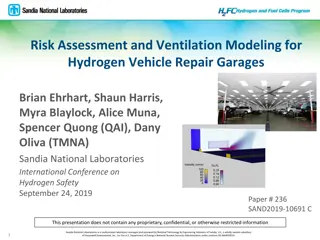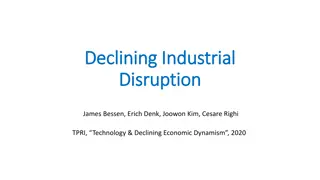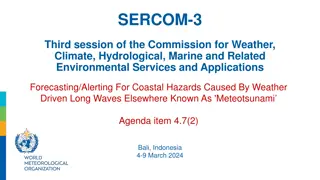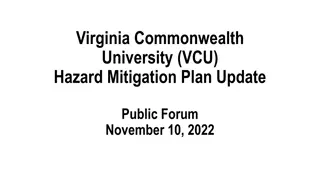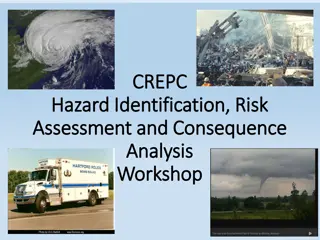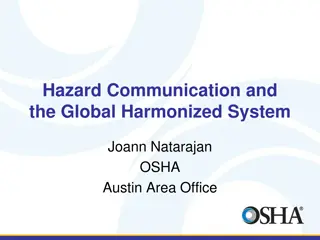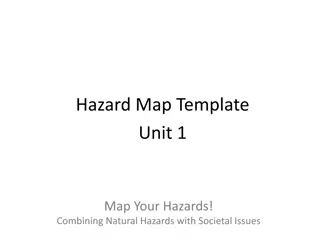Proposed Modeling Approach for Tsunami Hazard Assessment
Lead by Thio and Lynett, this modeling approach aims to incorporate uncertainties into tsunami hazard assessment, develop site-specific hydrodynamic properties, and provide essential data for bridge loading calculations.
Download Presentation

Please find below an Image/Link to download the presentation.
The content on the website is provided AS IS for your information and personal use only. It may not be sold, licensed, or shared on other websites without obtaining consent from the author.If you encounter any issues during the download, it is possible that the publisher has removed the file from their server.
You are allowed to download the files provided on this website for personal or commercial use, subject to the condition that they are used lawfully. All files are the property of their respective owners.
The content on the website is provided AS IS for your information and personal use only. It may not be sold, licensed, or shared on other websites without obtaining consent from the author.
E N D
Presentation Transcript
Overview of Proposed Modeling Approach Modeling of Tsunami Hazard done through Working Group 1 Lead by Thio (AECOM) and Lynett (USC) Thio: Lead in the review, completion, documentation of tsunami hazard databases Lead in the development and documentation of a method to incorporate tsunami propagation uncertainties into a hazard assessment Assist the development and documentation of a method to provide site-specific tsunami hydrodynamic properties required for bridge loading calculations
Overview of Proposed Modeling Approach Modeling of Tsunami Hazard done through Working Group 1 Lead by Thio (AECOM) and Lynett (USC) Lynett: Assist in the review and documentation of tsunami hazard databases Assist in the development and documentation of a method to incorporate tsunami propagation uncertainties into a hazard assessment Lead the development and documentation of a method to provide site-specific tsunami hydrodynamic properties required for bridge loading calculations
Overview of Proposed Modeling Approach Deliverables Database of tsunami hazard maps [TASK WG1.1] State inundation maps (Deterministic, source scenario based available for CA, and to a lesser degree OR, HI, WA, AK) Lean on probabilistic ASCE7 maps, other probabilistic mapping efforts where available (CA) New maps at the 1000-yr hazard level, developing using a mix of the scaling approach and new modeling in selected locations
Overview of Proposed Modeling Approach Deliverables Quantification and inclusion of uncertainties in the onshore propagation and other uncertainties not formally or rigorously included in the ASCE7 probabilistic maps [TASK WG1.2] Will be based on ongoing work by the PEER Tsunami group (PTG) With the results from the PEER project, some discussion in WG1 will be needed in order to determine a method to incorporate this uncertainty on a site-specific basis
Overview of Proposed Modeling Approach Deliverables Method to provide the hydrodynamic information needed (max, mins, time series, etc) for design using the ASCE7 maps as input [TASK WG1.3] Options include using the Energy Method (ASCE7) or some Numerical Model Transect tool in the general vicinity of the structure Easiest path will be to use the ASCE7 Energy method, but need to review all options
